Santa Cruz County has approved our application for a building permit. Bless their hearts. $2000.00 for a house smaller than 1400 square feet seems reasonable.
Because contractors here are either unresponsive or terribly expensive, we will be doing most of the concrete slab work , and, probably, as much as we can after that, ourselves. We know a former general contractor from the area who is very generous with his time and skills. He has another day job now, and does this kind of thing on the weekends, so we are sort of at the mercy of his schedule.
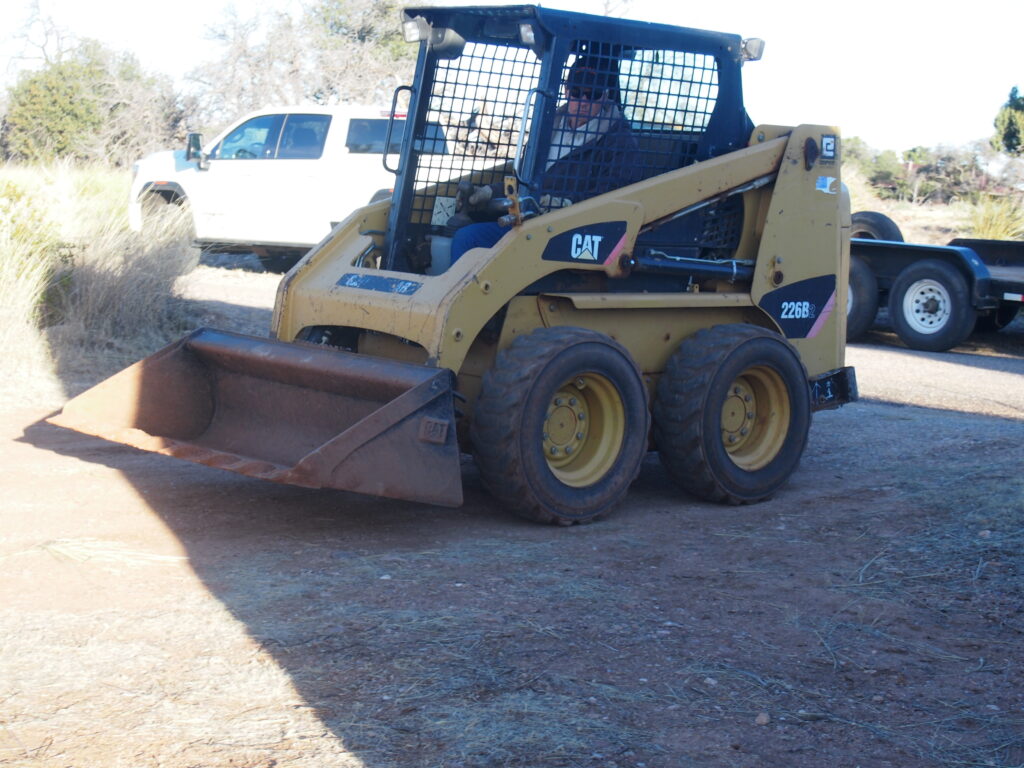
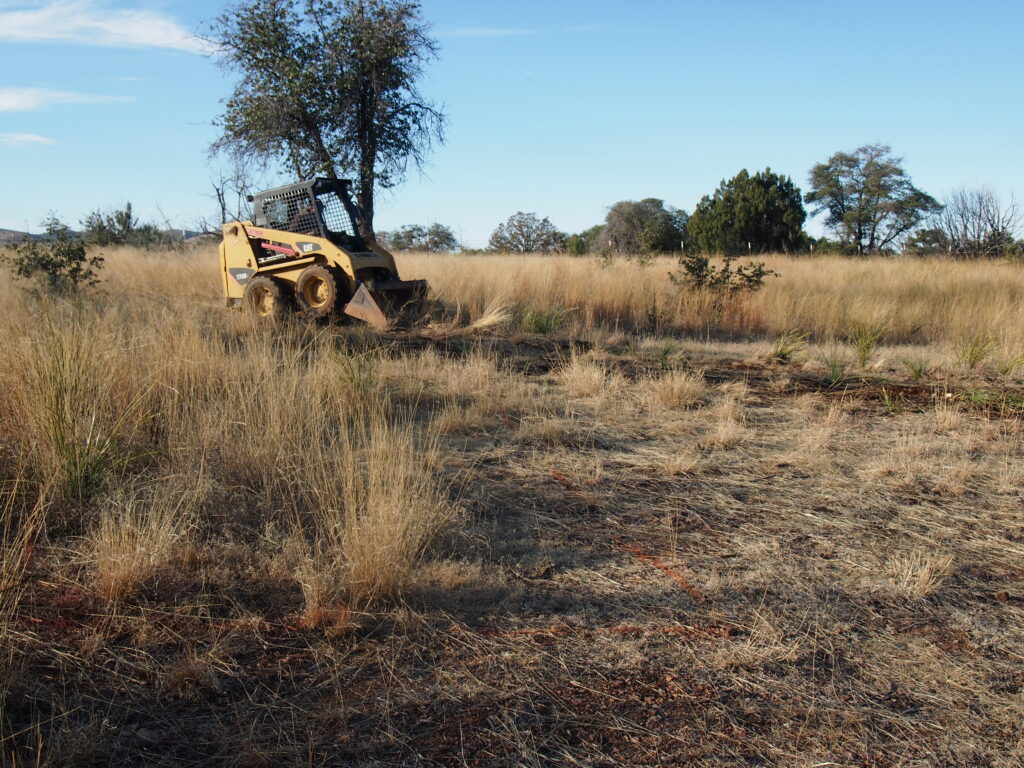
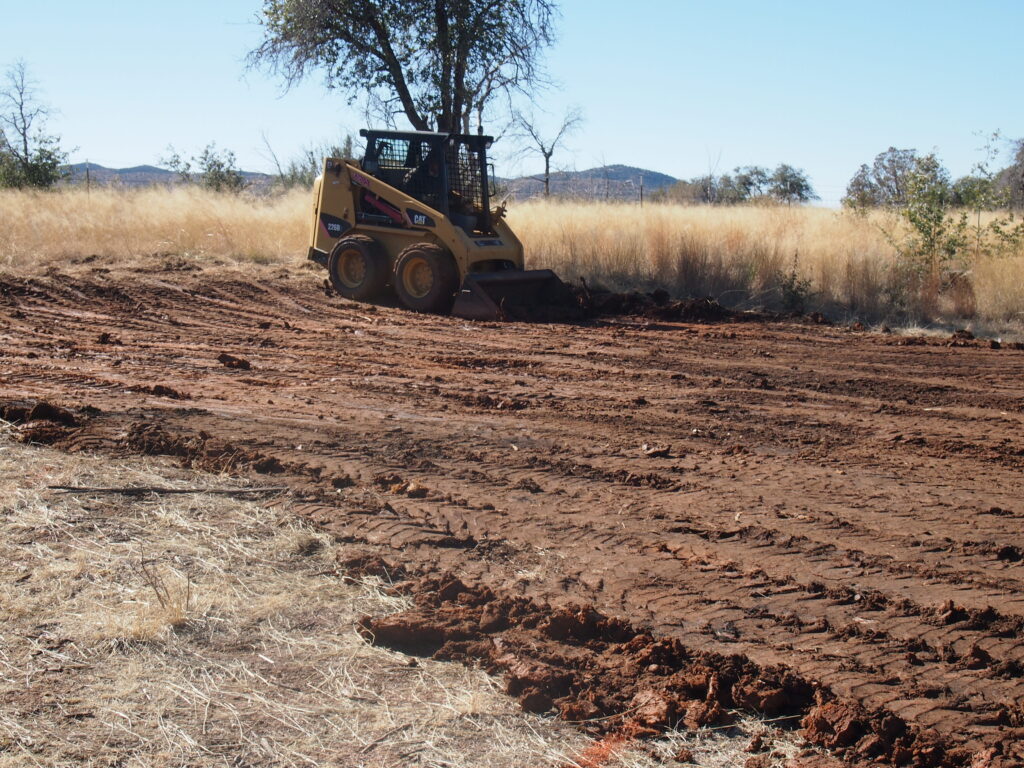
To my surprise, the first couple of feet of soil on this part of the lot were clay, still saturated even though that far below the surface. Last year, when we excavated for the chicken coop and for the septic tank, the soil was more of a granular sand and gravel type, and that’s what I expected.
Montmorillonite, smectite and bentonite, oh my. Expansive clay is bad for supporting any type of structure, because when it gets wet, it expands with a force that can break dreams.
The next morning I reserved a skid-steer tractor from a local rental place. I was able to dig out the cohesive clay material down to a more granular, and more predictable, substrate.
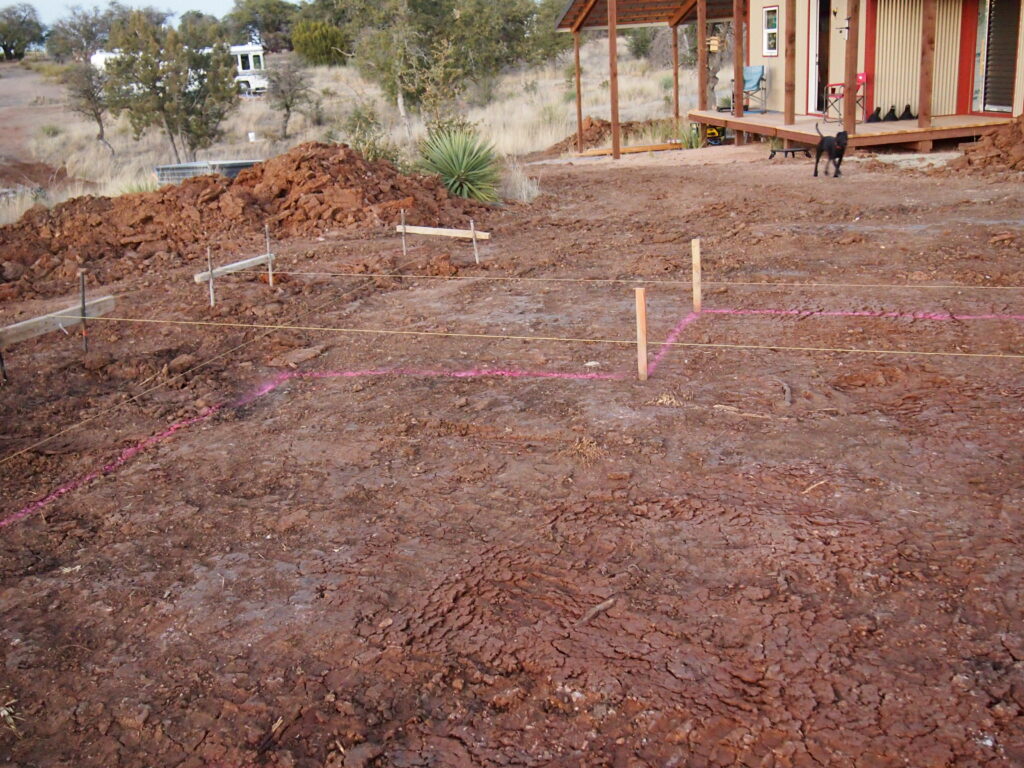
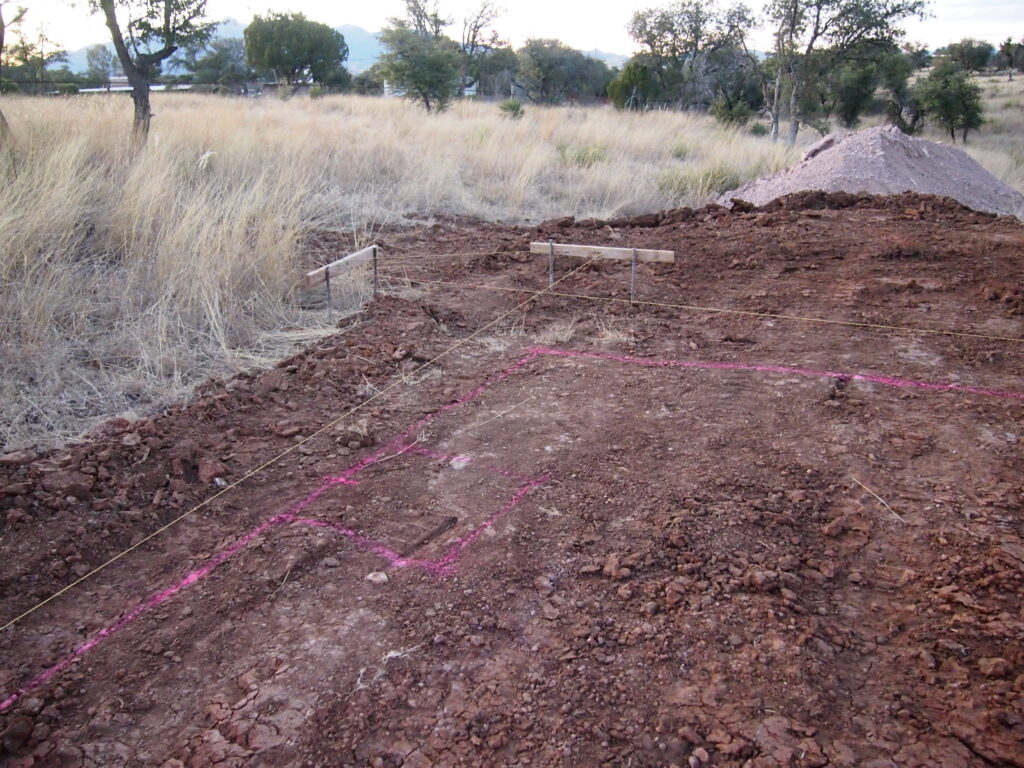
Next weekend we hope our guy can dig the thickened edges and interior footings. The week after involves setting the forms for the slab, which we will do. The plumber is on notice, since then it is his turn to put in all the drain and water supply pipes.
That’s the way it is. February 6, 2023.
